
Learning Community > Aquarium Setup > 3. Substrate
“The Foundation Beneath It All”
When most people think of substrate, they imagine it as just decoration—maybe a layer of sand to complete the natural look, or colourful gravel to match their style. But as any aquarist worth their water changes will tell you… substrate is so much more than that.
It’s not just the floor of your tank. It’s the foundation of your entire underwater ecosystem.
Your substrate isn’t just for looks or anchoring plants. Over time, it becomes a living, breathing part of your aquarium:
✅ It acts as a biological filter, housing colonies of beneficial bacteria that power the nitrogen cycle
✅ It provides a root zone for aquatic plants to establish and grow
✅ It affects your tank’s pH, water clarity, and ion balance
✅ It plays a role in your fish’s comfort, health, and even stress levels
So yes—it’s a big deal. Let’s explore your options.
If you’re planning to grow aquatic plants and not keeping “tank busters” like stingrays, Oscars, or Arowanas, we strongly recommend using aquarium soil.
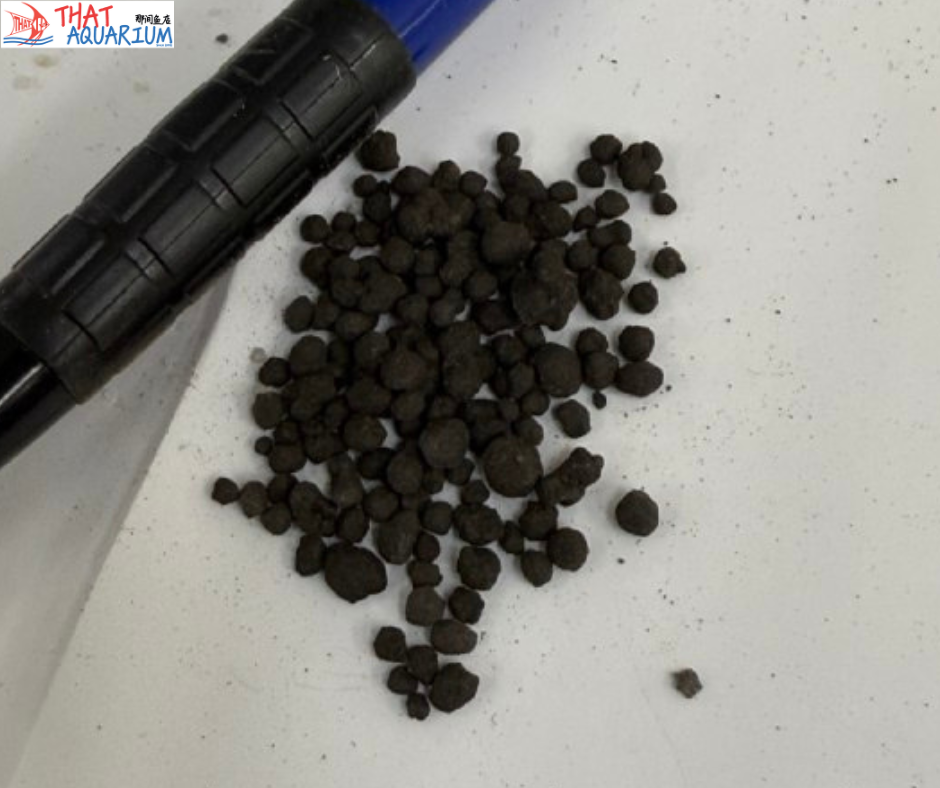
Here’s why aqua soil rocks:
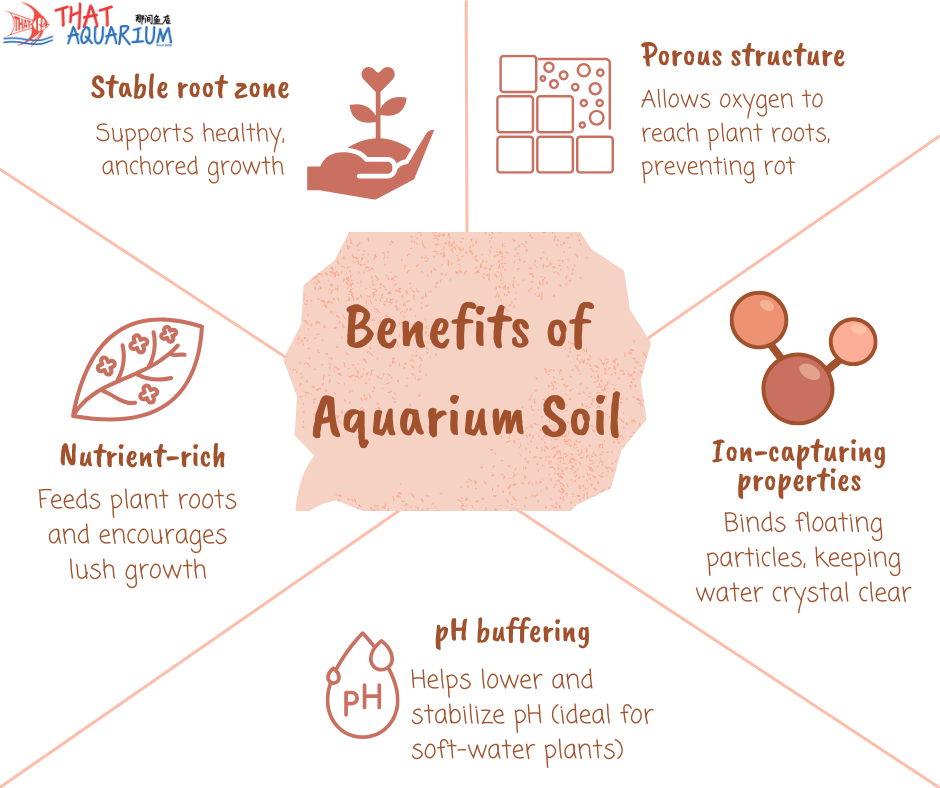
💡 Pro Tip: Combine aqua soil with gentle plant-friendly species like tetras, rasboras, shrimp, and dwarf cichlids for a thriving planted aquascape.
Not all substrates are safe for all fish. Some fish—especially bottom dwellers—are prone to injury when kept on sharp or jagged substrates like lava rock or coarse gravel.
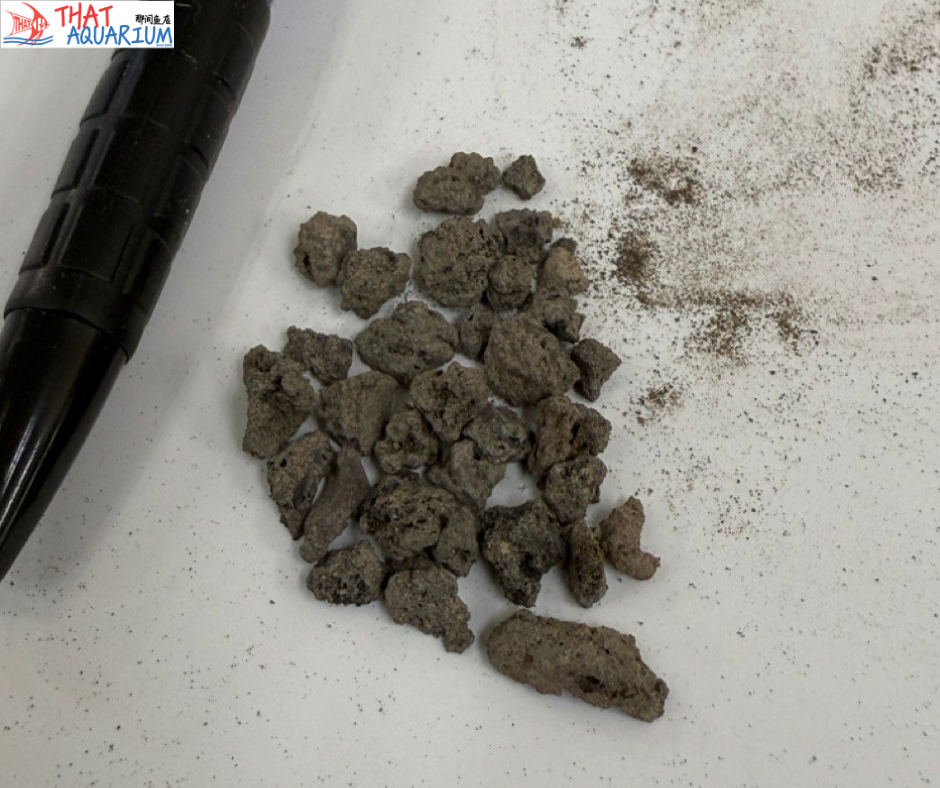
⚠️ Avoid sharp materials like lava rocks, crushed coral, or coarse gravel. These can cause abrasions, infections, and unnecessary stress.
For instance:
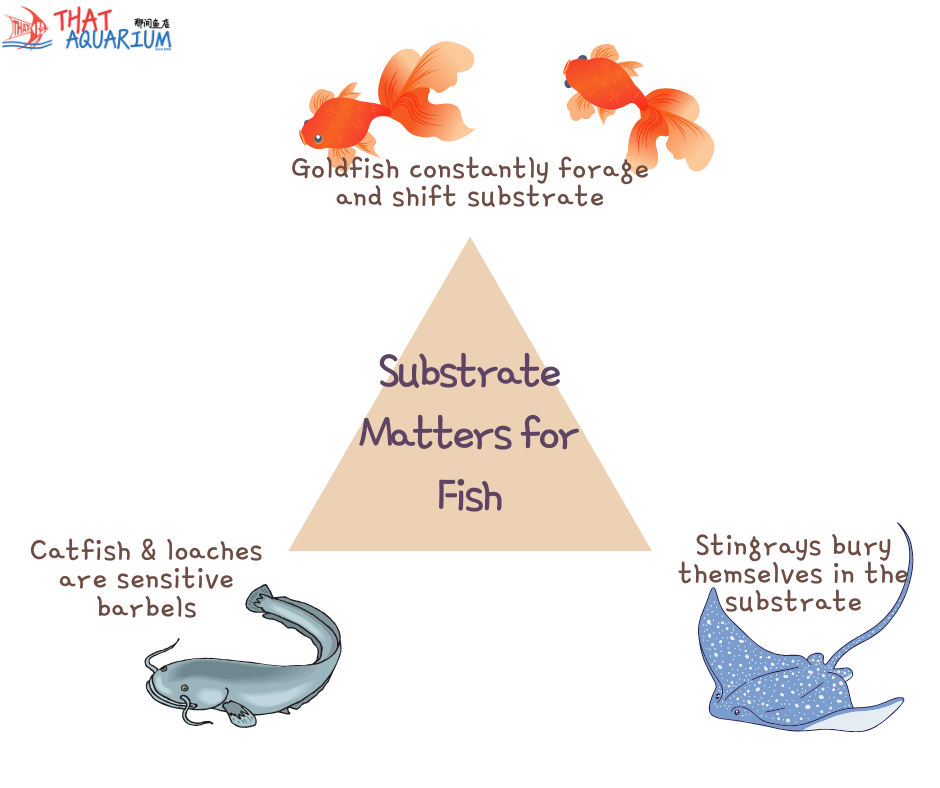
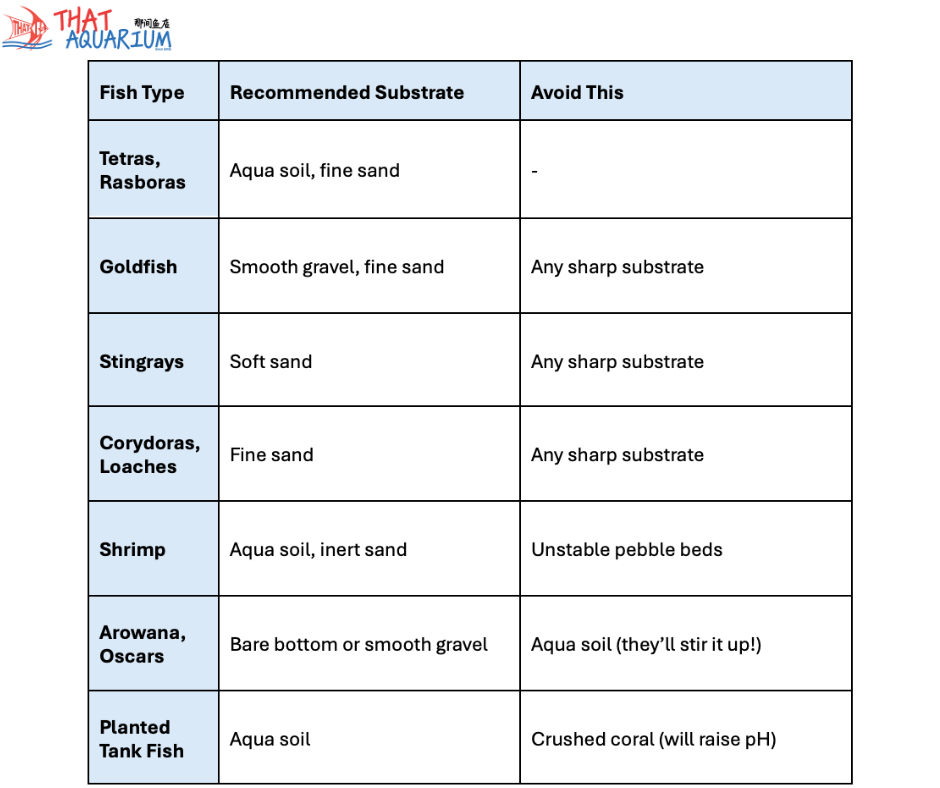
💬 Still unsure? Every tank setup is different—if you’re not sure which substrate suits your fish and plants, feel free to chit-chat with our friendly staff. We’re happy to help recommend a setup that keeps your aquarium beautiful and your livestock safe.
✅ Substrate isn’t just cosmetic—it’s the foundation of your aquarium’s ecosystem
✅ Aquarium soil is best for planted tanks and improves water chemistry
✅ Fish with sensitive undersides (like goldfish, rays, and catfish) need smooth or soft substrate
✅ Sharp substrates = higher risk of stress and injury
✅ Not sure what to get? Bring your ideas, videos, or questions to our store—we’ll walk you through the best fit
Still scratching your head about which substrate works best? Whether you’re planning a lush aquascape or just want to keep your bottom-dwellers happy, our team is ready to help. Show us a video of your setup, tell us what fish you’re keeping, and we’ll match you with the right base layer for success.
Proudly presented by our That Aquarium Digital Team, where innovation meets aquatic excellence.
Published on 13 June 2025
Author: Kelvin Phua
Illustrator(s): Chai Minyu, Abbie Tan
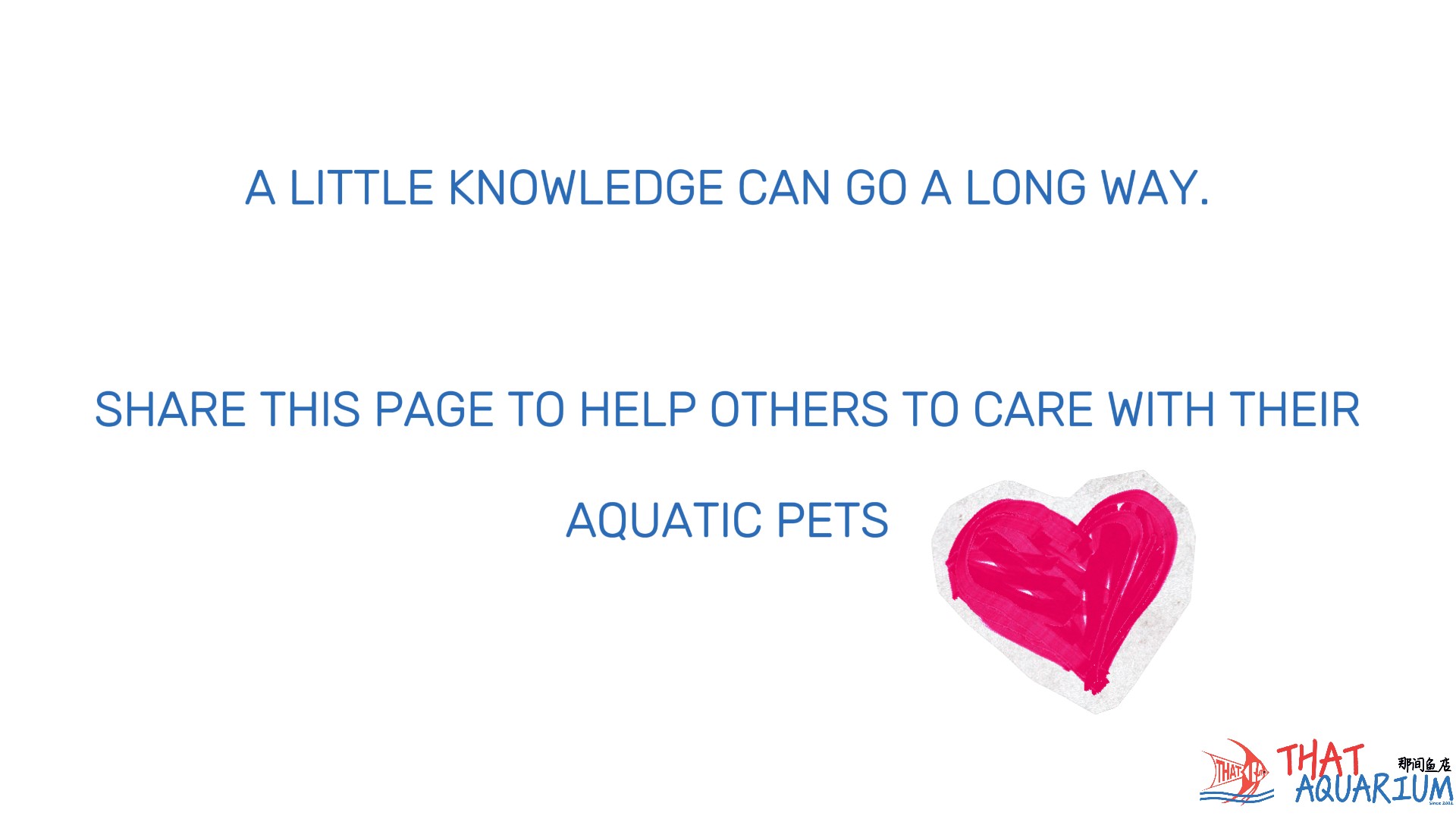

At That Aquarium, we believe that exceptional CARE is the foundation of our success. We are committed to treating each customer and every aquatic life with genuine compassion and respect. Our dedication goes beyond providing quality products and services; we strive to create a nurturing environment that delivers a therapeutic experience for our customers, our aquatic life, and our team. Guided by principles of integrity, forward-thinking mindset, and continuous improvement, we aim to foster a harmonious and supportive atmosphere. Our focus is on ensuring that every interaction reflects our dedication to excellence and our care for both our people and our community.
That Aquarium